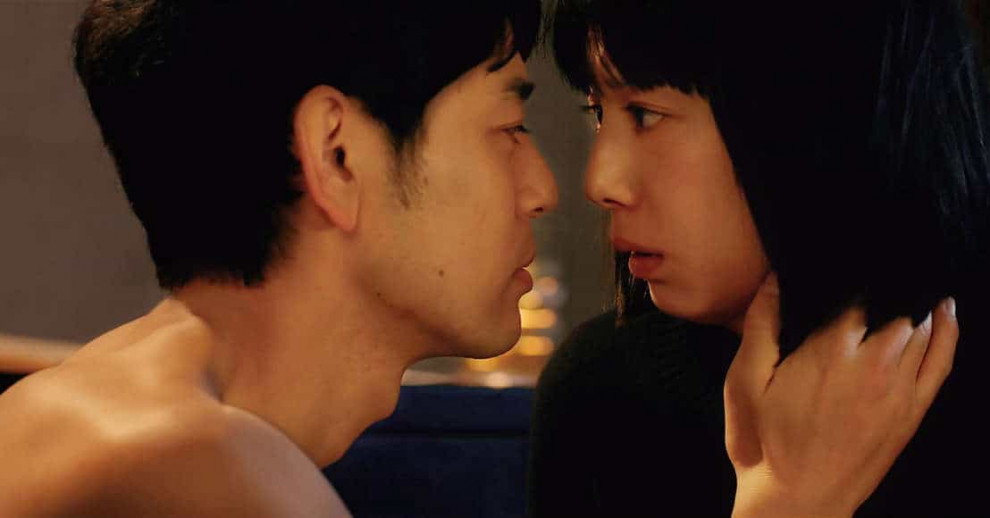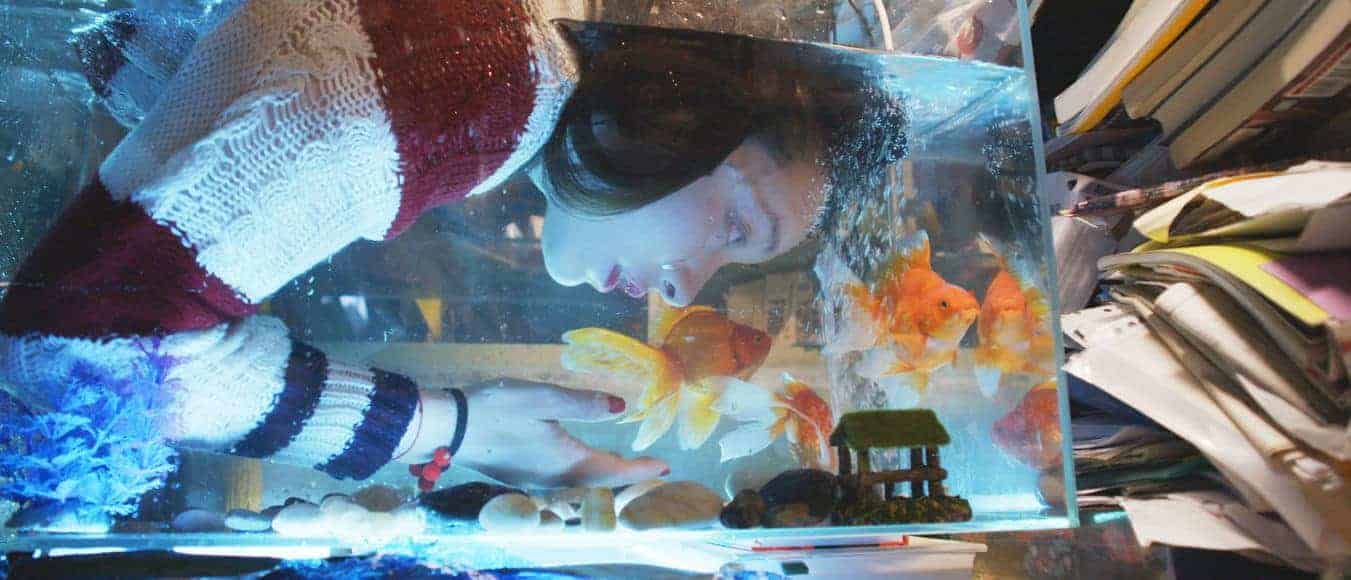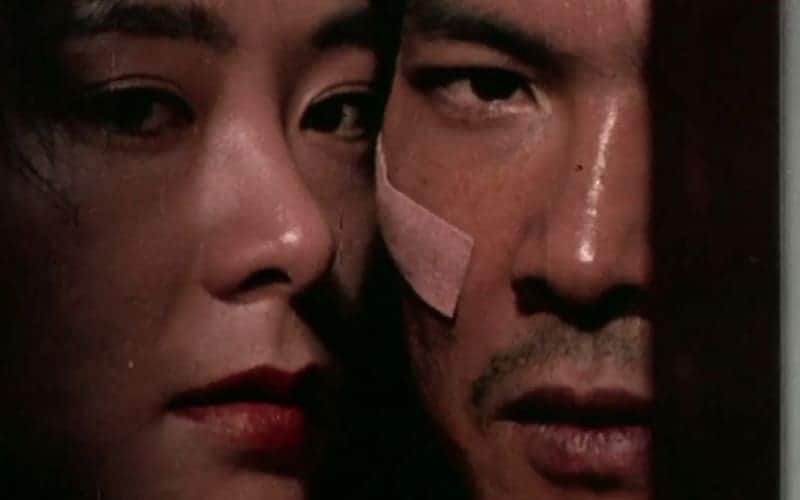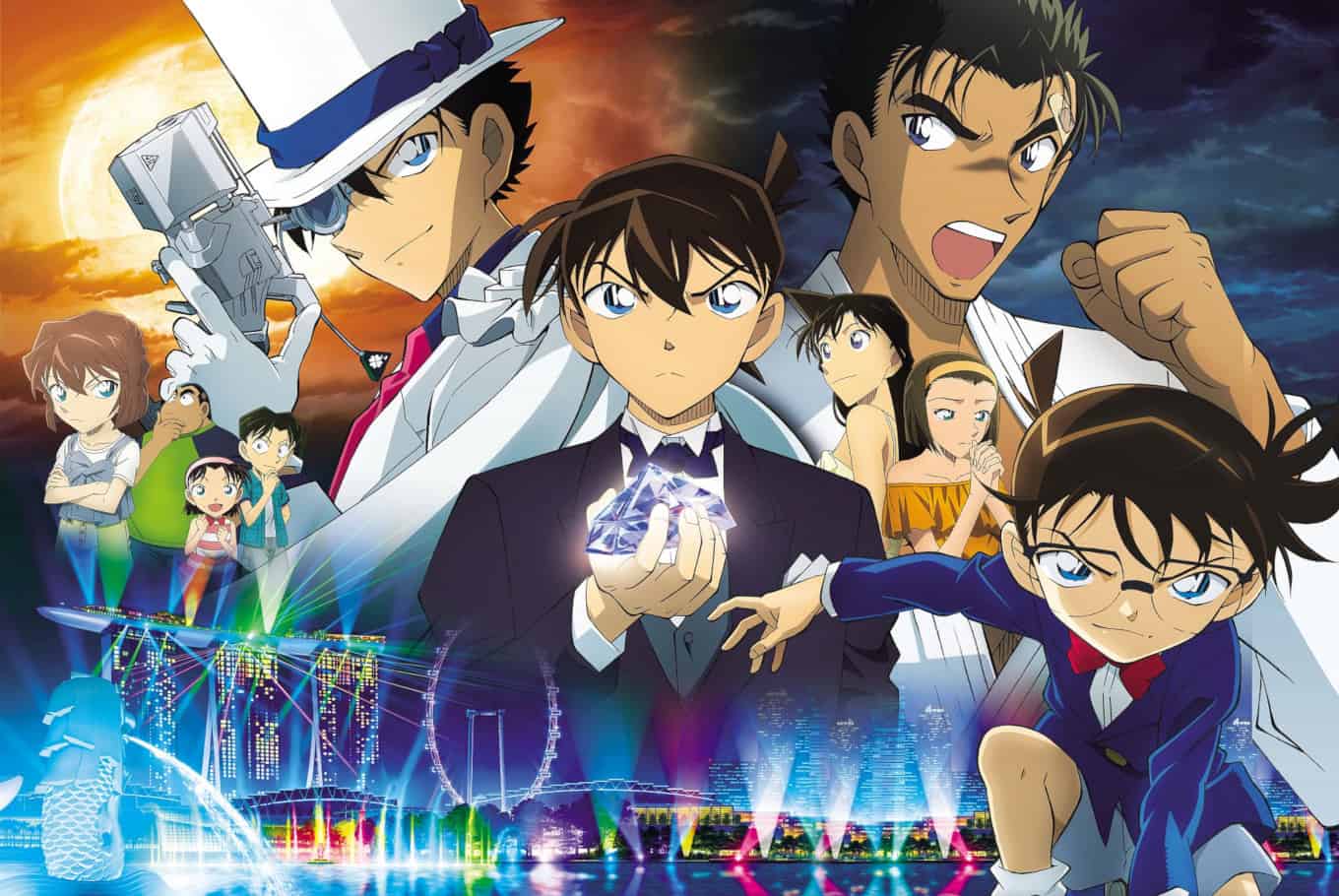To many women and men, marriage is not only a happy occasion, but ultimately the center goal in their lives, unrelated to their cultural background. Especially in Western civilizations, marriage is not only connected to love and the concept of an eternal bond between people, but also a certain feeling of safety, emotionally and, perhaps more significantly, economically. Similar to the decision to buy a house and start a family, it sets a direction in one's life, a victory, so to speak, to meet people's expectations. In her home country, as director Yukiko Mishima explains, marriage, having children and buying/owning a house have become cultural rather than individual standards. Especially with regards to women, marriage as a means to create stability in one's life also creates an immense pressure not to “slip up”.
“Shape of Red” is screening at Nippon Connection 2020
In her adaptation of Rio Shimamoto's novel “Red” titled “Shape of Red” we follow the story of Toko (Kaho) who is married to a successful businessman (Shotaro Mamiya). Even though she had been planning to continue working after childbirth, she has settled on being a housewife and a mother to their daughter while her husband is gone for most of the day, busy with his job. However, while attending a formal meeting with her husband, she meets Akihiko Kurata (Satoshi Tsumabuki), a man she had an affair with ten years ago. Although it has been yearssince, both of them still feel very attracted to each other.
When she suggests to he husband to start working again as a designer, in the same company Akihiko works for, her husband reluctantly agrees. Ultimately, Toko enjoys the work and takes over many demanding projects while re-connecting with her former lover and her feelings for him. At the same time, the additional stress causes friction between her and her husband which, in the end, results in Toko questioning whether the choices she has made in the past have actually made her happy.
Perhaps one of the most interesting, recurring themes in the film is the idea of designing a “dream room”, as Akihiko calls it. While jokingly criticizing the crooked lines and “messed-up” perspective in her initial sketch, he also states interest in seeing the final form of Toko's design, resulting in the two of them making a small model of the room and the house it is in. Considering the overall topic of gender roles and marriage, scenes like these are strongly reminiscent of Virginia Woolf's famous essay “A Room of One's Own”. Besides showing the rediscovered joy of creating something outside of her roles as housewife, mother and wife, it is also something which Toko might inhabit by herself, something unrelated to the roles she has been assigned to for so many years, essentially a possibility to something she thought had been closed off a long time ago.
In general, Mishima, along with cinematographer Shinya Kimura, applies this concept to how she presents rooms and places in her film. Along with an impressive use of color, the various places in the film – Toko's family home, her workplace, to name a few examples – emphasize not only the emotional state of the characters, but also how much space a woman like Toko actually inhabits, can call her own. Fittingly, she expresses the fear of being “trapped” or “snowed in”, without fully realizing she has been trapped for quite some time now, resulting in an existential dilemma of again having to decide between two possibilities in her life. Actress Kaho (Indo) gives an impressive performance as a woman discovering these new paths in her life, how she is able to design “a room of her own”, but also the stress of trying to meet the requirements of her roles while exploring this newfound independence.
“Shape of Red” is an engaging drama about a woman having to make a decision in her life and discovering how she is able to design her life according to her wishes. Visually beautiful and deeply layered, as well as supported by a great cast, Yukiko Mishima has managed to make a very timely film whose themes and images will surely resonate with audiences.















